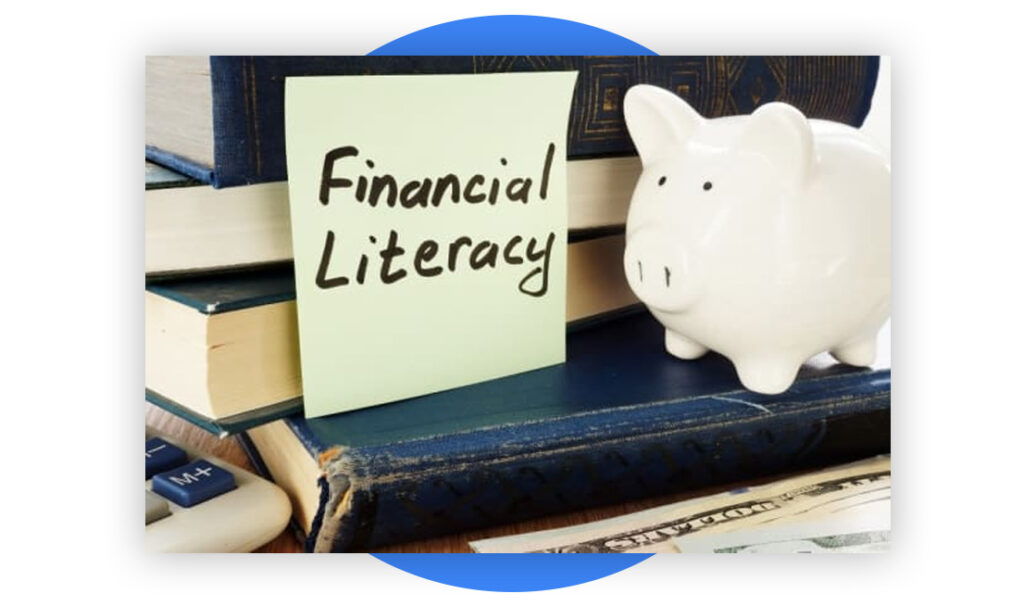What exactly is financial literacy? Put simply, financial literacy is the combination of financial, credit, and debt management knowledge that will allow you to make financially responsible decisions for your small business in the short and long term. Becoming familiar with financial terms is the first step toward building your financial literacy, and the sooner you master these concepts, the sooner you can strategically carry out plans to help your business grow. Here are some terms every small business owner should know, conveniently organized in related groups.
- Assets: any resource controlled by your small business that can be used to produce positive economic value. Examples include real estate, office equipment, and company-owned vehicles.
- Income: what a business receives from providing goods or services. It’s important to know the difference between gross and net income.
- Gross Income (aka gross revenue): total income before taxes and expenses, usually calculated yearly
- Net Income (aka net revenue, aka profit): income after taxes and expenses. If your business brings in $10 million a year (gross income) but pays $5 million in taxes and rent and general upkeep, your net income would be $5 million, also usually calculated yearly
- Things to Manage With Your Net Income
- Debt: money borrowed by one party (you) from another (usually a bank)
- Commercial Credit: a line of credit offered by banks to businesses to pay for operating expenses, inventory, etc.
- Credit Score: in order to obtain a commercial credit, you’d have to have a good credit score, which indicates your ability to repay a loan
- APR: what it costs you to borrow money per year, including fees and the interest rate of your loan
- Interest: the amount of money your lender receives on your loan
- Principal Amount: the initial size of your loan
- Budget: your plan for your financial obligations
- Paying Yourself First: Before you budget for wants, set aside money to go directly into a savings, retirement, or emergency account to ensure personal financial security.
- Emergency Fund: an otherwise untouched savings account, intended for use in emergency situations (ex. A leaky roof)
- Cost of Goods Sold (COGS): cost of producing the goods or services you sell, including labor and materials
- Burn Rate: how much money you spend to keep your business running each month. It’s recommended that you keep enough money in your business savings to keep your business running for at least six months before budgeting for growth.
- Concentration: knowing how much of your income comes from repeat customers, making sure that the bulk of your income isn’t coming from just a few customers, and making sure you have enough repeat customers
- Debt: money borrowed by one party (you) from another (usually a bank)
- Payment Methods: the different ways your customers can pay you for your goods and services
- Credit card: the most popular way to pay in the US because of customer convenience, but usually high fees for you
- Debit card: the second most popular way to pay in the US, s
- ACH (e-check): bank-to-bank transfer of funds, safe, no fees with Finli
- For a more comprehensive guide on different payment methods, read here.
- Metrics: The measure of financial health and well-being is different for every business, but here are the basic questions you need to ask yourself:
- Liquidity: Is your business able to ride out short term rough patches? Do you have enough saved in your emergency fund, based on your monthly burn rate?
- Solvency: Can you meet your debt obligations over the long term?
- Operational Efficiency and Profitability: How much are your profit margins? And how quickly do you make these profit margins?
- Time value of money (TVM): The concept that money now is worth more than money in the future because of your ability to invest that money back into your business.
The first step to improving your small business’s financial health is to increase your financial literacy. The second step is to make sure all of your finances are organized and tracked. One way to do that is to sign up for Finli, where all of your business finances are transparent (and could be automated!), so you can spend less time worrying about bookkeeping and more time doing what you love and growing your business. Schedule a demo with us here.




